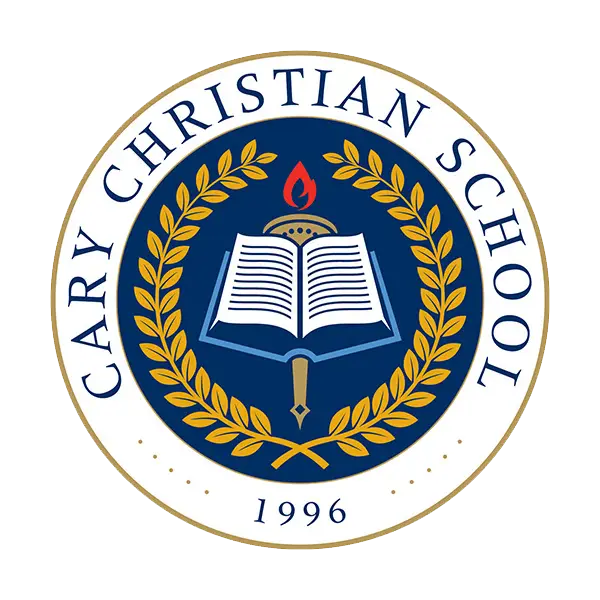As was mentioned in part one of this series, Christianity has something unique to say about the world we inhabit. The Christian church’s unique ideas about the world are grounded in her unique ideas about the nature and work of the God who created it. Regarding God’s nature, the Scriptures describe God as a Trinity. Regarding His work in the world, Scripture describes God as intimately and actively involved in the world. In fact, His involvement extends to the level of molecules and atoms. God has inhabited and taken on human flesh.
John 1:14 tells us that “The Word became flesh and dwelt among us.” So now we have a God who is distinct from, yet intimately involved in, all the nooks and crannies of reality. If it is true, that God has entered the physical universe (and it is), then some profound implications follow for how we think about the world around us.
- God is most fully known in the person of Jesus of Nazareth (Hebrews 1: 1-4). Our clearest and most pristine understanding of what God is like and, consequently, what the world He has made is like, comes from the words and actions of this one man.
- All things hold together in Him (Hebrews 1:3, Romans 11:36). Nothing exists apart from the “word of His power” so nothing is fully known or understood apart from the central fact that Jesus is God.
- Matter matters. God cares about His creation and desires that even the rocks cry out and declare His praises (Psalm 19:1-6). This means that all the machinations of the universe in their mathematical, scientific, literary, historical, and linguistic array play a role in praise of the Creator.
This is where the doctrine of the incarnation begins to inform how we educate our children. We have been created as enfleshed beings, not disembodied ghosts. Consequently, we live, act, and learn as enfleshed beings. We learn through all of our senses. In addition, the ethereal ideas and concepts we learn eventually work themselves out in physical, tangible, practical ways. “Our theology comes out of our fingertips,” as the saying goes.
So, a distinctly Christian education is going to be thoroughly practical. We are all aware of and remember the pervasive question in the classrooms in which we were children, “How am I gonna use this when I grow up?” The question is not a completely inappropriate one, although it is often misplaced or wrongly applied. (But that’s a discussion for another time.)
We learn best by doing and we learn best when we can make the connection to the practice of a thing, to its incarnate reality. So our goal in educating the minds and hands and feet and ears and eyes of our students is to train them into loving God and man with their whole heart andmind and strength. To that end, we want to see students not only know geometric data but how to build a bridge. We seek to inculcate, not just what happened in the Illiad but what heroism actually looks like.
This fits perfectly with the three-fold path of classical education, the Trivium. In the grammar of a subject we learn the facts, in the logic of a subject we learn the relationships of the facts, and in the rhetoric of a subject we learn the beautiful, articulate enfleshment of the truth.
An incarnational education will produce doing through knowing as well as knowing through doing.
This practical “doing” of knowledge should result in the good of others. This leads us to the third characteristic of a distinctively Christian education…Resurrection.
More Posts by This Author:
- A World Turned Upside Down (Fourth Week of Advent)
- Anatomy of a Great Parent-Teacher Conference
- Beyond Cliché: Resurrectional Education (Part 3 of 3)
- Beyond Cliché: Trinitarian Education (Part 1 of 3)
- CCS Biology Labs Are Glowing!
- Christian Schooling and Sports
- Coaches’ Corner: It’s More Than Just a Game
- Common Core at CCS?
- Conceptualizers
- Cuban and Cook on Classical Education
- Latin, Alive and Well
- Light in the Darkness (Third Week of Advent)
- Search and Teach
- Speaking Up
- The (Hand)Writing on the Wall
- The Father’s Land
- Training Up Children, or Churning Out Widgets?


